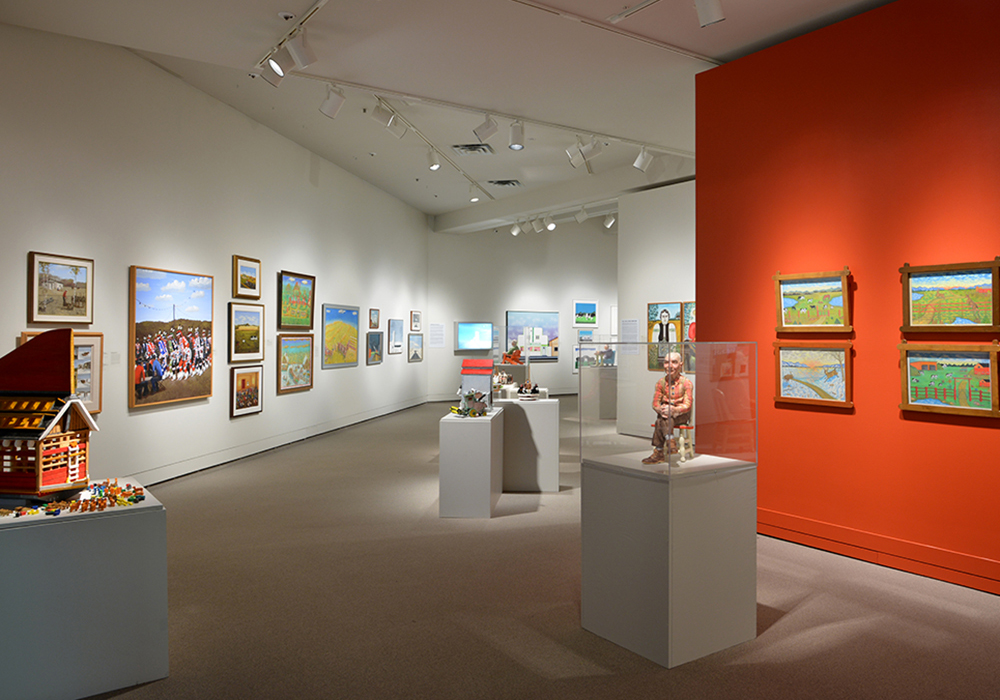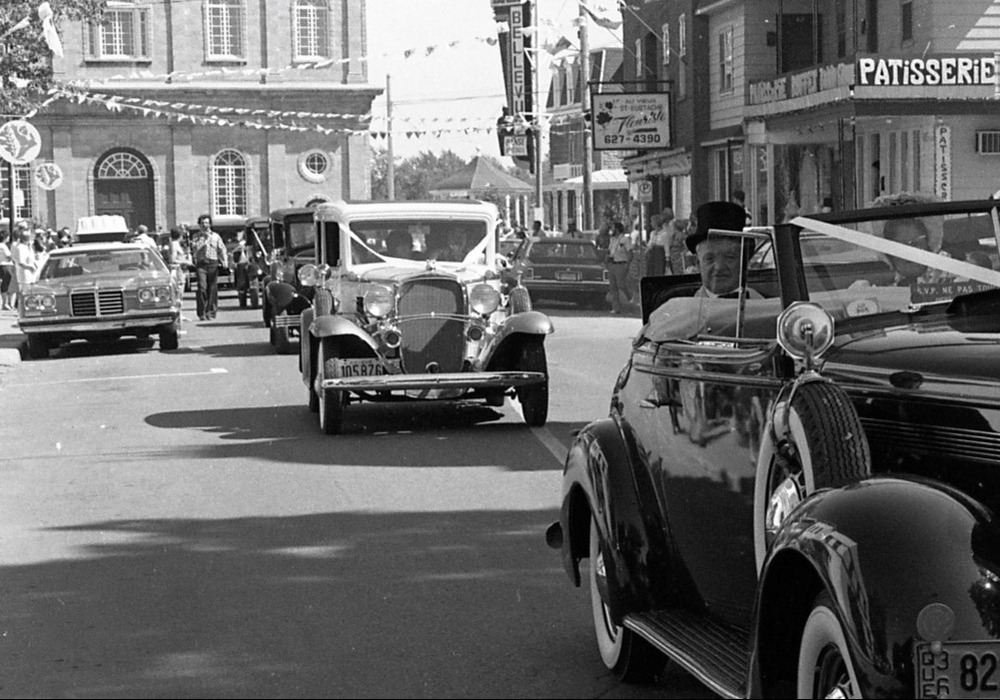Archaeological investigation gives us a tangible link to the heritage of a community by sifting a collection of artifacts through the filter of context and archival research to compose a story of life long past in a community.
In Lost Way of Life, archeological investigations tell us five stories of how people lived in and around Kingston, Ontario over a span of 300 years. These are stories that reflect some of the significant influences woven into the fabric of the Kingston community, influences that have helped to define the city’s character.
The first story begins on July 12, 1673, when the Governor of New France, Count Frontenac, arrived at the mouth of the Cataraqui River to meet with leaders of the Five Nations of the Iroquois. While the groups met and exchanged gifts, Frontenac’s men hastily constructed a rough wooden palisade on a point of land by a shallow, sheltered bay. Thus was Fort Frontenac founded, a site located in what is now downtown Kingston.
The exhibit’s second story highlights the life of the extraordinary Mohawk matriarch Molly Brant, the older sister of Mohawk leader Joseph Brant. As the head of a society of Six Nations matrons and the consort of the superintendent of the northern natives of British North America, Molly wielded much influence. A staunch Loyalist, she settled in Kingston Township when the American Revolutionary War ended.
The arrival of the Loyalists in the 1780s signaled the beginning of Kingston’s growth in commercial and strategic importance. Kingston became the base of the Provincial Marine and Point Frederick the site of a naval dockyard in 1789. Kingston’s military presence grew substantially during the War of 1812-1814, including construction of the original Fort Henry. The third story in Lost Way of Life tells of Britain’s glorious naval history; the fourth looks at the medical care provided by the Fort Henry Garrison Hospital.
The final archeological story in Lost Way of Life follows Kingston’s early commercial beginnings at Kingston’s Historic Market Square.
Each of the five archeological stories of Kingston’s evolution shows us actual items excavated by archaeologists. Photographs, maps, and textual information give us additional insight about the people in Kingston’s history and their ways of life.


